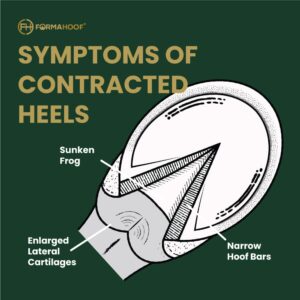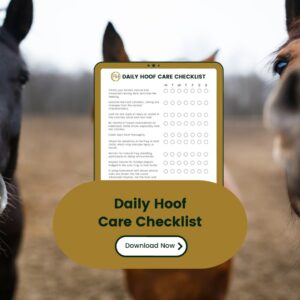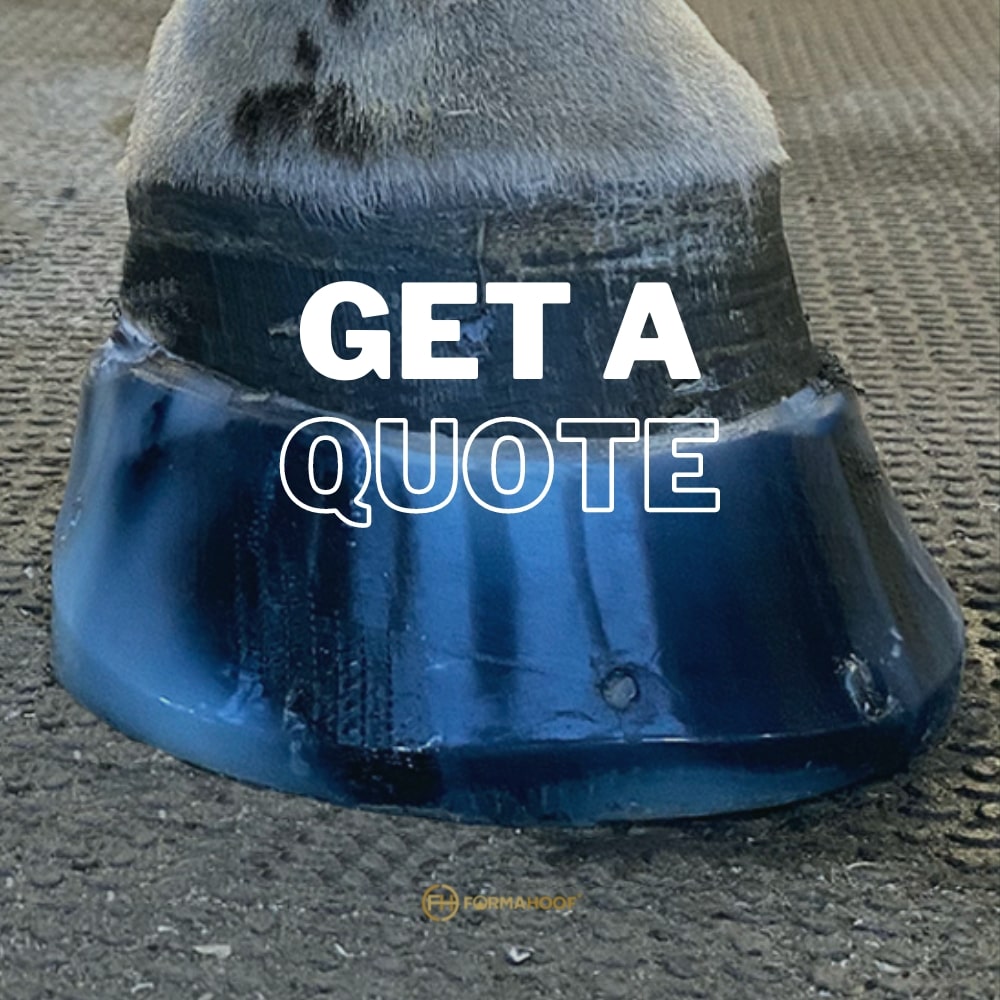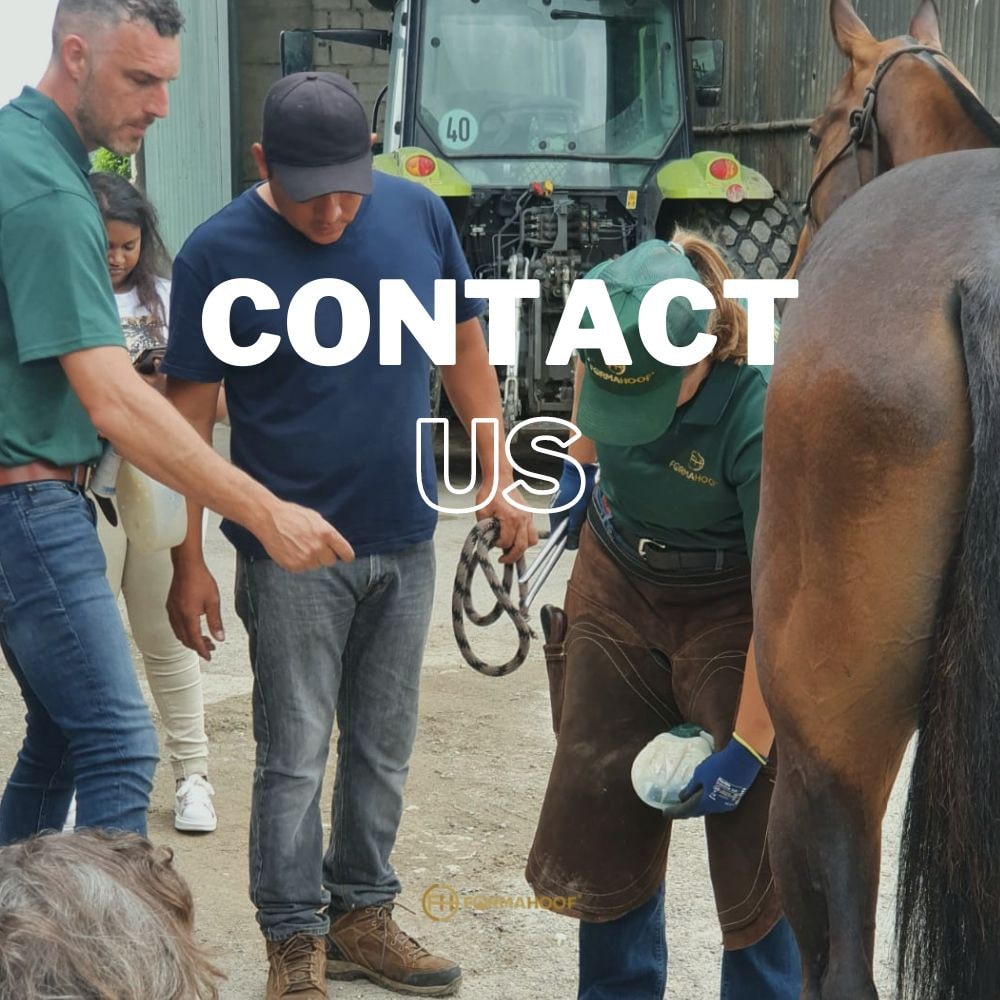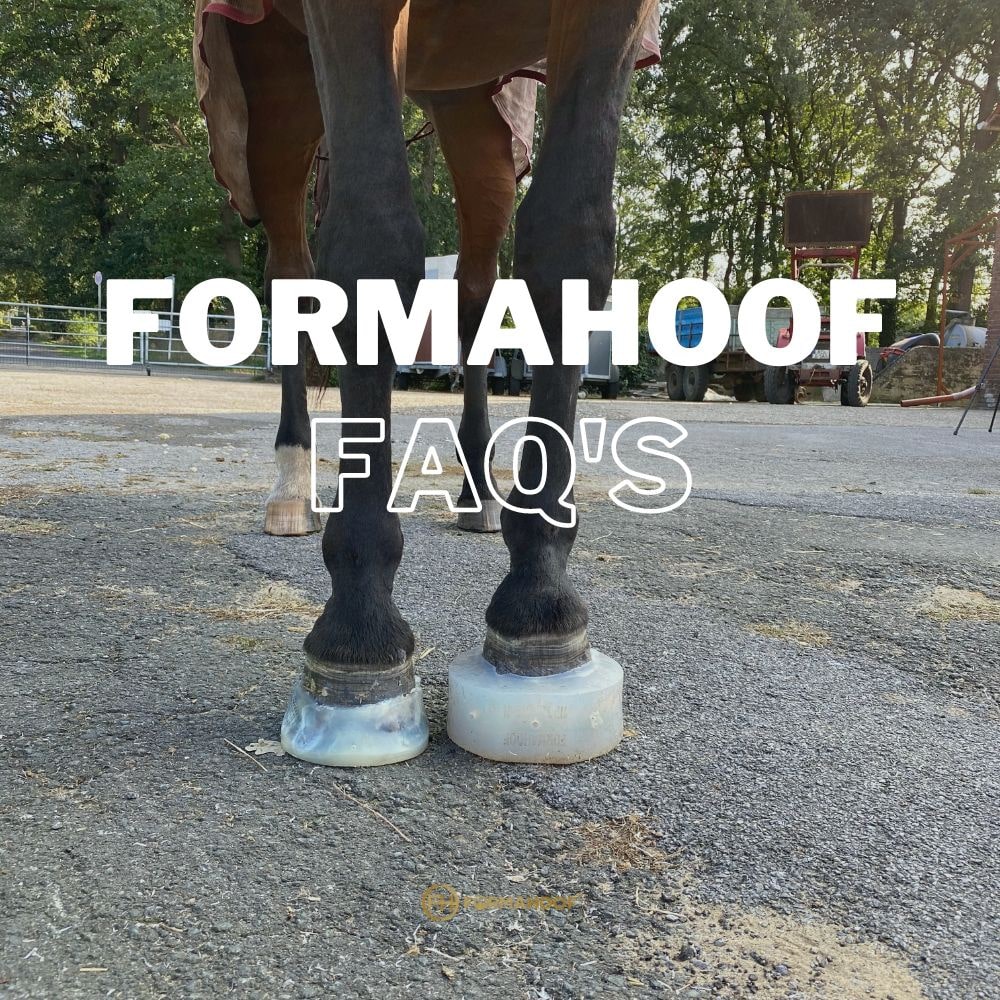A healthy digestive system and healthy, strong hooves are essential for health and performance, and we have all heard the term ‘no hoof, no horse’. These two systems are intrinsically linked through the ‘gut-hoof connection’, with healthy hoof growth being supported by the absorption of nutrients from a well-functioning digestive tract.
Horses are herbivores and their digestive systems have evolved over many years to consume an almost continuous supply of fibrous feed. This fibre is digested in the hindgut, which represents two major organs – the caecum and colon. As fibre is complex, the horse’s enzymes cannot break it down so instead, it is broken by billions of microbes living in the hindgut through a process known as fermentation.
The hindgut makes up 60 per cent of a horse’s digestive system and you may be interested to know that there are more microbial cells in your horses’ hindgut than tissue cells in their whole body! These hindgut microbes have a significant impact on your horse and their hooves, as along with fibre fermentation they have valuable and beneficial roles throughout the body. However, just as much as they can help promote good hoof health, certain types of microbes can also negatively affect it and become the cause of disease.
What are Microbes?
Put simply, microbes are tiny, microscopic life forms with an enormous influence on all living creatures. Microbes are everywhere, you can’t avoid them and just like horses, our bodies also house billions of them.
Microbes are spread throughout the horses’ digestive tract, but the largest numbers by far are present in the hindgut. Hindgut microbes include protozoa and fungi but the largest population in the hindgut are bacteria, and it is the bacteria that are predominately involved in fermentation.
Microbial Types And Function
The hindgut bacteria responsible for fermentation can be divided in to three main functional groups: Cellulolytic (digest fibre), Amylolytic and Glycolytic (digest starch and sugar and produce lactic acid) and lactic acid utilising bacteria.
These diverse types of bacteria live together with other gut microbes in a delicately balanced hindgut community with a mutually beneficial or ‘symbiotic’ relationship within an optimal pH of around 6.5-7. Cellulolytic bacteria are the most beneficial to your horse, as these break down fibre into Volatile Fatty Acids (VFA), namely acetate, butyrate and propionate which provide energy. A healthy population of cellulolytic bacteria means improved breakdown of fibre for optimum condition and hoof health, and healthy microbes = a healthy horse.
Gut Microbes And Hoof Health
Your horse’s hindgut microbes have many important roles in digestive health and through the gut-hoof connection are, therefore, also essential for promoting good hoof health. All the VFA which are released from the breakdown of fibre, but particularly butyrate, help stimulate cell growth and division in the gut membranes helping to strengthen hindgut integrity and reduce the change of damage to the gut lining.
Bacteria are also known to synthesise Vitamin K and essential B vitamins such as Biotin. Biotin is one of the most well-known nutrients and is scientifically proven when it comes to hoof health. This sulphur rich B Vitamin is a vital for the production of Keratin for strong, healthy hoof horn and has a key role in tissue growth and maintenance. Ensuring your horses hindgut microbes are happy and healthy will help them produce all the essential B vitamins your horse needs. A compromised microbe population won’t be able to do this, so it’s important to ensure they are supported through the right nutrition.
Research has shown that gut microbes are involved in blood vessel development and help strengthen and stimulate the immune system which is essential for helping to preventing common hoof diseases. The gut microbes are also a critical line of resistance to invading pathogenic or disease-causing microorganisms within the hindgut. This is known as the ‘barrier effect’, and it means that harmful bacteria are competitively excluded, which helps to prevent serious illness and disease.
Whilst a healthy, well-balanced microbe population has huge benefits for your horse, any disturbance to the microbial equilibrium can have the opposite effect and be potentially harmful. Certain situations such as excessive cereal starch or sugar reaching the hindgut or can result in microbial imbalances or ‘dysbiosis’ which can invariably lead to hindgut acidosis. Hindgut acidosis is a consequence of the rapid growth of certain types of lactic acid producing bacteria.
The increased lactic acid causes a drop in pH and results in a more acidic environment and can lead to inflammation of the hindgut membrane and potentially laminitis, which negatively impacts the health of your horses’ hooves, causing the breakdown of essential hoof structures, pain and lameness.
So, to optimise your horse’s digestive and ultimately hoof health you need to nurture the right microbes through the best diet and feed management.
Feeding For Microbial Health
The key to achieving the happiest and healthiest hindgut microbes is by feeding plenty of ad-lib, good- quality fibre. Fibre promotes microbial equilibrium and encourages the growth of cellulolytic bacteria and research has shown that horses fed mainly fibre have a more stable microbial community. A more stable microbial community means a healthier horse and a high fibre diet helps nurture this stability.
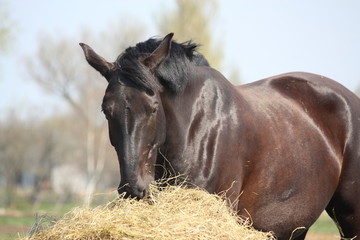
Additionally, recent studies have indicated that the equine hindgut microbiome contains a diverse range of bacterial species. This diversity is associated with a healthy microbiome, with a loss in diversity being linked to digestive disease and upset, which can then have an impact on hoof health A diverse diet promotes a diverse microbiome so providing plenty of forage biodiversity through a mix of forages or mixed species hay and grazing will support a healthier hindgut, which in turn will support healthier hooves.
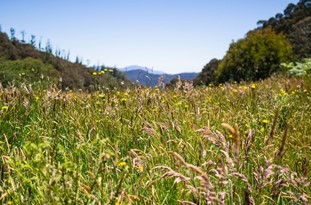
Making dietary changes gradually will promote good overall microbial health as sudden change is one of the major causes of microbial dysbiosis. Dietary changes include everything like changing from a mix to a cube, changing to a different balancer for example, and fibre-based changes such as going from hay in the winter to lush summer grass or even winter to summer grazing. Gradual change means changes should be introduced very slowly, over a period of at least two weeks to allow the gut microbes time to adapt to the new diet, keeping them stable and healthy.
Keeping dietary starch to a minimum benefits hindgut microbe health. If cereal grains are fed for work, then keeping meal sizes small and ensuring they are suitably cooked or processed for improved digestibility will help reduce the chances of starch reaching the hindgut and disturbing the microbial equilibrium.
Specific Microbial Support
Adding Yeasts (which are actually a species of microscopic fungi) to your horse’s diet can be a beneficial addition as they have been shown to stimulate cellulolytic bacteria and increase fibre digestibility. The components of yeast cells not only provide feed for beneficial hindgut bacteria but can also remove harmful bacteria from the hindgut. This helps to support a more balanced microbiome, allowing beneficial microbes to thrive, which in turn should help your horse and their hooves to thrive too.
Hindgut microbes are vital for hoof health, integrity and performance. Recognising how feeding can affect these microbes and knowing how you can enhance them through the right nutrition can only be good because the healthier the microbes, the healthier your horse and their hooves will be.
If you have any questions about creating the best diet for your horse and keeping their hooves healthy through the right nutrition, please book a consultation with Lisa.



